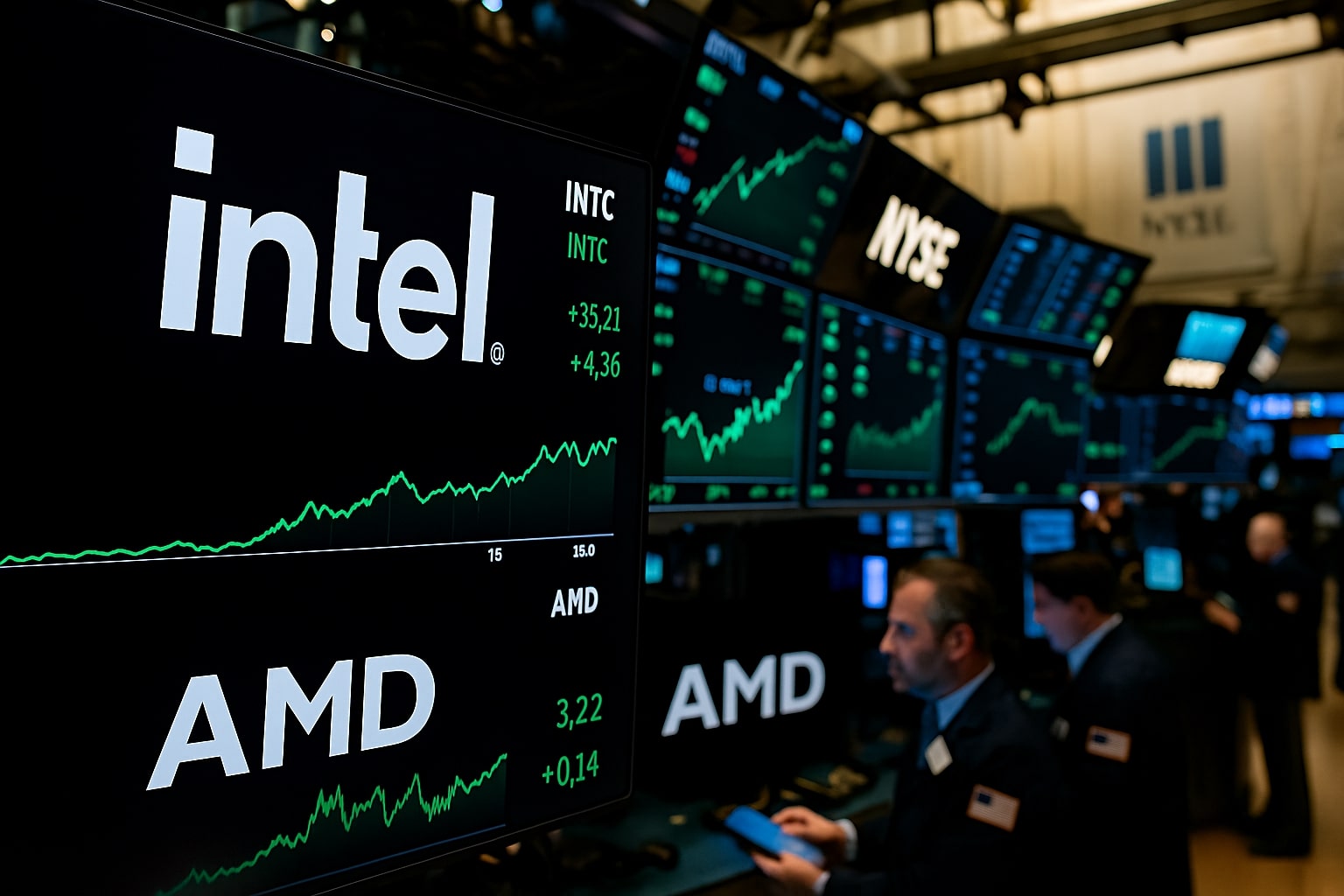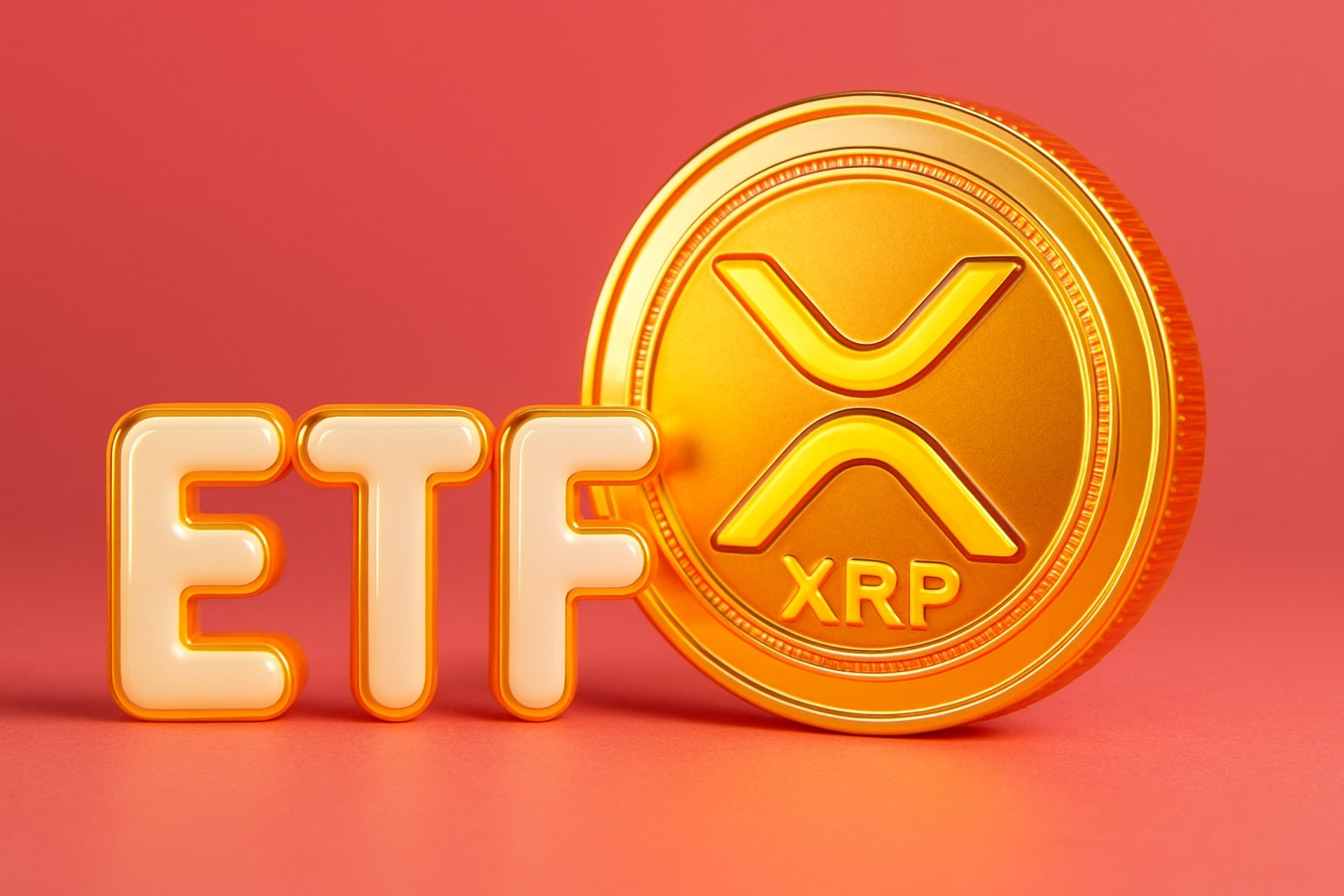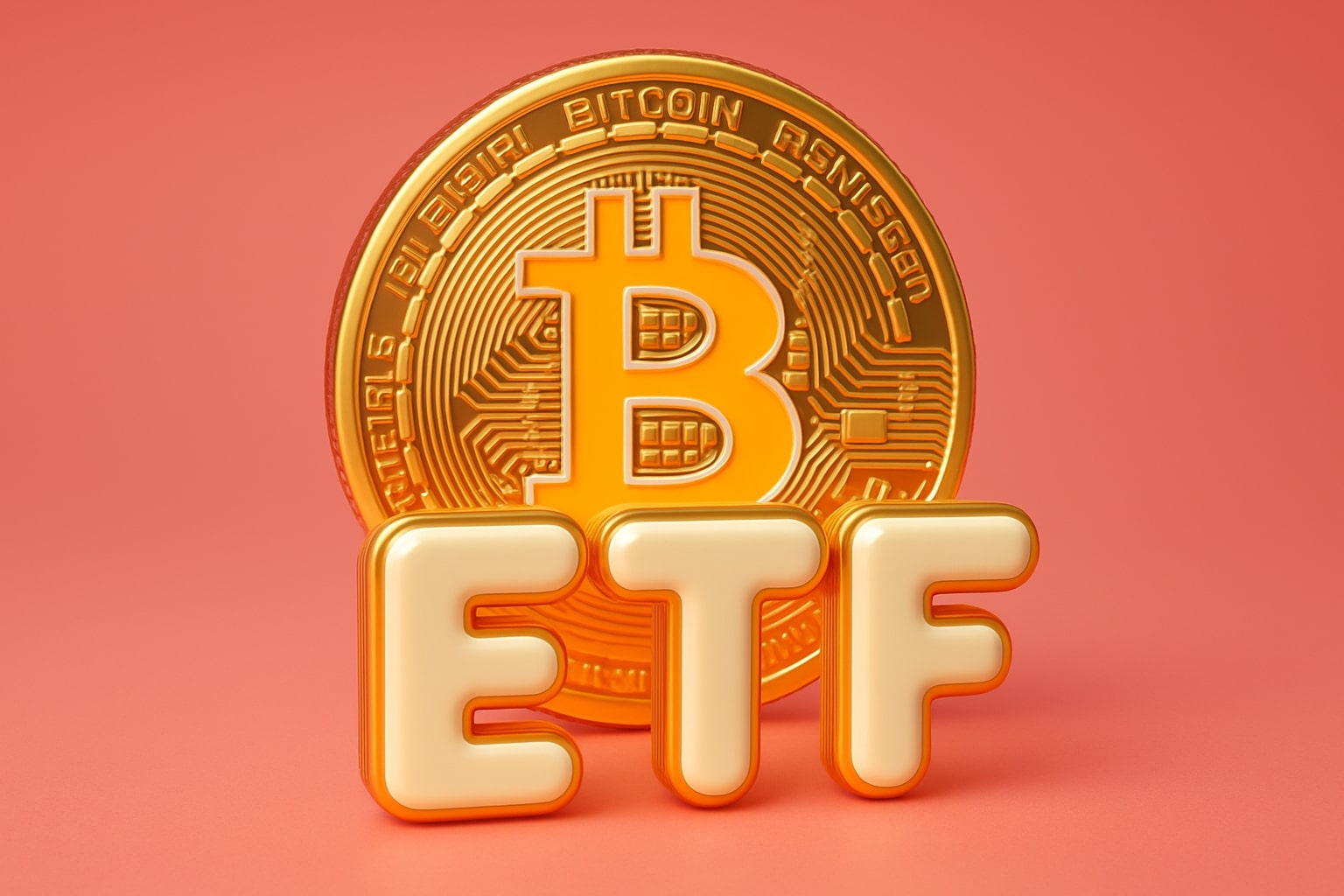
Intel Stock (INTC) vs AMD Stock (AMD): Can Intel’s $23.95 Recovery Rival AMD’s $162 AI Momentum?
Government support fuels Intel’s 18A/14A turnaround, while AMD accelerates on AI GPUs, EPYC CPUs, and console partnerships toward $40B+ revenue | That's TradingNEWS
Intel Stock vs AMD Stock: Two Diverging Paths in Semiconductors
The rivalry between Intel Corporation (NASDAQ:INTC) and Advanced Micro Devices (NASDAQ:AMD) has shaped the semiconductor industry for decades, but in 2025 the contrast could not be sharper. Intel trades at just $23.95, carrying a $105 billion market capitalization, while AMD commands $162 per share and a market value of $263 billion. These numbers alone highlight the market’s conviction: AMD is rewarded with a premium multiple for consistent execution, while Intel is treated like a speculative turnaround. Yet this simple surface comparison misses the deeper dynamics of profitability, government support, product leadership, and capital allocation that could reshape the balance of power over the next two years.
Financial Divergence: AMD’s Growth vs Intel’s Struggle
Intel’s trailing twelve-month revenue sits at $53.07 billion, but the bottom line remains brutal. Net losses exceed $20.5 billion, with EPS at -$4.77. Profit margins collapsed to -38.6% while operating margins are stuck at -3.8%. Gross profit has fallen to $17.5 billion, down from $43.8 billion in 2021, underlining how expensive and disruptive its foundry turnaround has been. Despite this, Intel still generates $10.08 billion in operating cash flow, though levered free cash flow is negative at -$8.32 billion, reflecting the $50.7 billion debt load and heavy CapEx.
AMD, by contrast, is firmly in growth mode. Over the past year, AMD booked $29.6 billion in revenue, up from $25.8 billion in 2023, with quarterly growth of 32% year-over-year. Net income is positive at $2.73 billion, EPS is $1.67, and profit margins are a healthy 9.6%. Gross profit reached $15.1 billion, almost matching Intel despite having nearly half the top-line revenue. AMD’s free cash flow is $2.33 billion, debt is just $3.89 billion, and it holds $5.87 billion in cash — a fortress balance sheet relative to Intel’s capital intensity.
Valuation Gaps Reflecting Market Confidence
Intel trades like a distressed asset with optionality. At $23.95, it is priced at book value, with a forward P/E of 36.6 and a price-to-sales of just 1.98. The PEG ratio is 0.5, showing the market expects growth acceleration, but skepticism remains as analysts peg the one-year target at $22.06 with highs of $28. By comparison, AMD trades at a trailing P/E of 97.2, forward P/E of 27.2, and price-to-sales close to 9.0. The PEG is also 0.5, meaning AMD’s rapid EPS growth — projected at 54% next year — justifies its premium. Institutional ownership is higher in AMD at 69.4% versus Intel’s 65.5%, reflecting greater institutional trust in AMD’s execution. Short interest remains modest for both: 2.5% of float in Intel and 3.0% in AMD.
Strategic Positioning: Political Capital vs Market Leadership
Intel’s turnaround is less about market leadership today and more about geopolitical positioning. Washington has effectively nationalized part of Intel, with the U.S. government owning a 9.9% stake at $20.47 per share. This follows $6 billion in CHIPS Act subsidies, and a $2 billion investment from SoftBank. Intel is no longer just a corporation; it is a strategic national asset. Execution of the 18A and 14A process nodes will determine whether Intel remains competitive in high-performance computing, but government backing guarantees survival. With Taiwan Semiconductor (NYSE:TSM) at the center of geopolitical risk, Intel’s U.S.-based fabs in Ohio and Arizona are indispensable.
AMD does not have this political shield, but it doesn’t need one. It has won through relentless execution. Its EPYC CPUs have eroded Intel’s server market share, reaching 27% in Q2 2025 compared to Intel’s 73%, down from 95% in 2019. In desktops, AMD controls 33% of x86 revenue share, the highest since 2006, with Intel sliding to 67.8%. In AI accelerators, AMD’s Instinct MI355 GPUs, and the coming MI400, provide cost-effective alternatives to NVIDIA’s Blackwell B200s. While NVIDIA still dominates with an 80%+ AI GPU share, even a 15–20% slice of the projected $500 billion market by 2028 would give AMD an additional $75–100 billion in revenue.
Read More
-
PPA ETF at $154: Can This Defense ETF Keep Beating ITA and SPY?
14.12.2025 · TradingNEWS ArchiveStocks
-
XRP ETFs XRPI and XRPR Pull In $975M While XRP-USD Fights To Hold $2
14.12.2025 · TradingNEWS ArchiveCrypto
-
Natural Gas Price Forecast: NG=F Hits $4.11 As Warm Winter Outlook Puts $3.913 Support At Risk
14.12.2025 · TradingNEWS ArchiveCommodities
-
USD/JPY Price Forecast - Dollar to Yen Can BoJ’s 0.75% Shock Break The 155–158 Range?
14.12.2025 · TradingNEWS ArchiveForex
Segment Breakdown: Where the Battle Plays Out
Intel’s Client Computing Group posted $7.9 billion in Q2 revenue, down 3% year-over-year, squeezed by AMD’s Ryzen laptop and desktop CPUs. Data Center and AI revenues improved slightly to $3.9 billion, up 4%, but remain far below the $7.3 billion peak Intel hit in late 2021. The Foundry business, Intel’s crown jewel for the turnaround, booked $4.4 billion in Q2 revenue. But without securing major external customers for 18A and 14A, foundry operations risk becoming a government-subsidized expense rather than a profit driver.
AMD’s Client segment surged to $2.49 billion in Q2, up 67% year-over-year, fueled by Ryzen adoption in AI-capable laptops. Gaming revenue exploded 73% to $1.12 billion, driven by Radeon 9000 GPUs and semi-custom sales for Sony’s PlayStation 5 and Microsoft’s Xbox Series consoles. Together, AMD’s console deals generate $3.5–4 billion annually, effectively locking in 20% of the console market’s value for the next hardware cycle. AMD’s Data Center business, at $3.24 billion last quarter, remains smaller than Intel’s but is growing rapidly with EPYC Turin CPUs winning benchmarks against Intel’s Xeon line.
Insiders, Institutions, and Shareholder Structure
Intel insiders hold just 0.08% of the company, while insider transactions have been limited, reflecting a mature corporate structure now shaped by government and institutional interests. AMD insiders own 0.5%, more than Intel, and institutional investors control nearly 70%. AMD has raised capital cleanly with limited dilution, while Intel has seen shareholder dilution from both government and SoftBank stakes. This underscores how differently the two firms fund their futures: AMD through operational success, Intel through political necessity.
Earnings and Forecasts: Conservative vs Explosive Growth
Intel’s forecasts remain muted. Analysts expect $52 billion in 2025 revenue and EPS of $0.12, rising to $53.8 billion and EPS of $0.66 in 2026. That’s 448% EPS growth, but from a near-zero base. Intel trades at a multiple that assumes recovery but not dominance. A discounted cash flow model suggests fair value around $28.55, a 17% upside from current levels.
AMD’s forecasts are explosive. Analysts project $33 billion in 2025 revenue and $40 billion in 2026, with EPS surging from $3.90 this year to $6.02 next year — 54% growth. Some bullish scenarios put 2026 EPS above $8 and revenues near $50 billion, driven by AI accelerators. At $162, AMD trades at 27x forward earnings — cheap if EPS climbs above $6.
Technical Landscape and Market Sentiment
Intel trades between a 52-week low of $17.67 and high of $27.55, currently sitting above its 50-day moving average of $22.53 and 200-day of $21.70. Resistance sits near $28, with government-backed buying likely creating a floor near $20. AMD trades between $76.48 and $186.65, consolidating around its 50-day average of $159.83. Resistance remains in the $180s, while support lies in the $150s. Market sentiment favors AMD as a growth engine but values Intel’s downside protection through government backing.
Investment Verdict: AMD Growth vs Intel Turnaround
AMD is priced as a growth leader, with AI chips, gaming, and data center momentum supporting its valuation. EPS expansion from $3.90 to $6–8 over two years could justify prices above $200. But at $162, much of this is priced in, with limited margin of safety.
Intel at $23.95 is different: it is priced like a turnaround, trading at book value, with political insulation from collapse. If execution on 18A and 14A succeeds, EPS could rebound sharply, and the government’s 10% stake ensures external demand will be steered toward Intel’s fabs. For investors seeking asymmetric upside, Intel is the speculative buy — not because it is the better operator today, but because it has political capital, a $21 billion cash buffer, and a valuation floor near book value.
The expert call: NASDAQ:AMD remains a Buy for growth exposure, but NASDAQ:INTC is the contrarian Buy with bigger upside potential if Washington forces its turnaround to succeed.


















